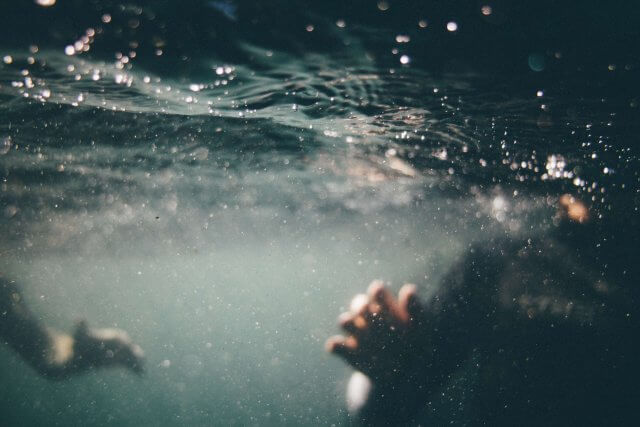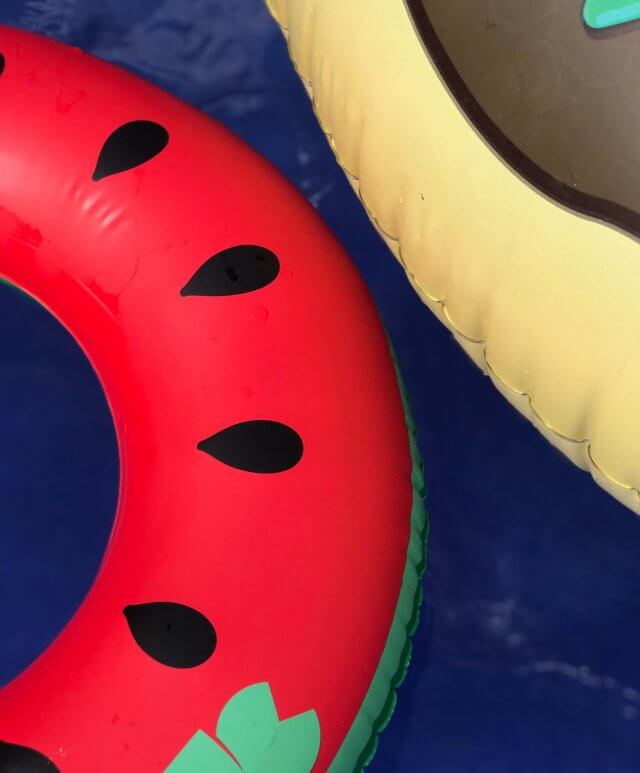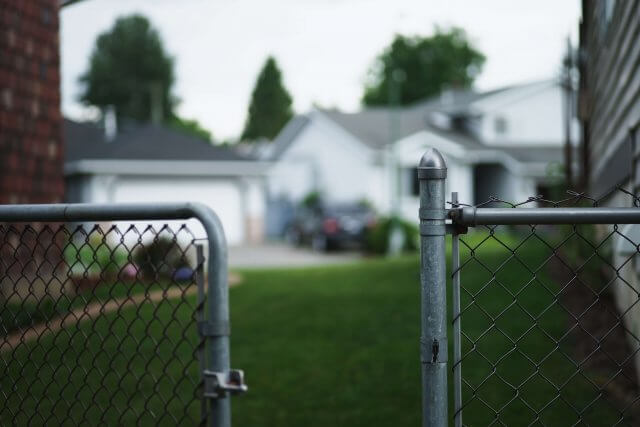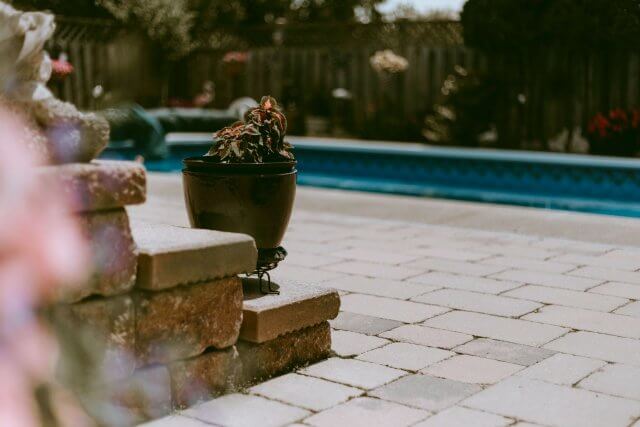There are many aspects to consider when keeping children safe around the pool. A safe, secure pool barrier plays a critical role in keeping your loved ones away from the water.
But it’s not just a pool that needs to be made safe. Drownings can occur in a spa or a portable pool such as an inflatable pool. Any pool, portable pool, or spa with more than 30cm of water depth requires a pool barrier that adheres to Australian safety standards. We cover the most recent information in our earlier article on pool safety standards.
When it comes to pool safety, supervision is key. Royal Life Saving Society (RLSS) Australia recommends supervising children under the age of 15 to varying degrees:
- Age 0-4 – an adult needs to be in the pool within arm’s length.
- Age 5-10 – an adult can sit at the edge of the pool, ready to act if needed.
- Age 11-14 – an adult must conduct regular visual check-ins. Never rely on sound to check in with your child as drowning can happen quickly and quietly.
The RLSS also recommends four key elements to pool safety
- Supervise – Actively supervise children without distractions
- Restrict – Minimise access to the water and pool space with a pool barrier and gate
- Teach – Educate children on water safety
- Respond – Know how to deal with an emergency
Today we will focus on the area of restriction and how pool barriers can reduce the risk of drowning incidents.
Children can gain access to a pool through a gate or barrier that is damaged, does not meet safety standards or is poorly maintained. Being diligent in keeping up safety measures and maintaining a safe and functional pool barrier and pool gate will see you well on the path to keeping your family and guests protected around the water.
Key areas to ensure your pool barrier and gate are safe
With a focus on restricting a child’s access to the pool, there are a series of quick checks that you can perform to optimise your approach to pool safety and minimise drowning risks.
#1 – The pool gate
The most important safety functions of a pool gate are that it is self-closing and self-latching. To test your pool gate, simply walk the gate open, then let it go to see if it closes on its own. The gate will need to swing closed firmly and latch without assistance.
Once the gate has closed itself and latched, test that the latch is secure by giving the gate a firm shake, additionally, replicate the experience of a child jumping up and down on the gate. If the gate does not self-close or unlatches at any point, then it will require repair, maintenance or replacement.

#2 – Correct measurements around the pool
For your gate and barrier to pass a safety inspection, all measurements must adhere to the Australian safety standards. The gate and barrier need to be at least 1.2m (1200mm) high, and any gaps under or around the fence and gate cannot exceed 10cm (100mm).
Grab a measuring tape and measure various points below your pool barrier and gate to ensure they are 10cm or less. Other gaps to measure include spaces between the bars in a pool fence, the gap between the gate and connecting fence, and any other gap that you can find. If you find an opening that exceeds 10cm, you must have it corrected before your pool barrier can be considered safety-complaint. Read our article on pool gate safety standards for a closer look at safety requirements.

#3 – Remove any climbable objects
While your pool gate and barriers may be sturdy and well-maintained, a child can still access the water if there are climbable objects around to assist them.
Climbable objects can be anything; furniture, large toys, storage boxes, and anything else that can be pushed toward a barrier and used to climb. It might be tempting to keep an attractive outdoor setting near the pool areas, but it is not worth the risk. Remove any climbable objects to ensure your pool barrier maintains its role as a safeguard between a child and the pool.
Tree branches, dense shrubs, rocks, and other landscape material can also be considered climbable objects, so be sure to remove them as well.

#4 – Never, ever prop the gate open
When people are coming in and out of the pool area, it can feel convenient to prop the pool gate open. The sound of the pool gate constantly being opened and slammed shut can be annoying. However, a propped gate creates a clear path for a child to access the pool easily. So, never prop the gate with a heavy object or secure it open with a tie; it simply is not worth the risk.

#5 – Remove blind spots
Supervision should be carried out within the pool area, inside the barrier. However, if you check in on older children, ensure your pool barrier does not have blind spots where objects can hinder your visuals.

Key Additional safety tips
Supervision is always the number one preventive of drownings. Still, adequate supervision requires an adult’s undivided attention, free from distractions such as social media, phone calls, guests at the door, and so on. Also, never rely on another child to supervise your younger child, regardless of how responsible they may be. It is an adult’s responsibility to ensure the safety of children around a pool.
- Keep first aid and CPR signage in the pool area, where it is easy to see in case of an emergency. During an emergency, it can be easy to panic and forget how to respond when a child is drowning. Being prepared with helpful signage can be pivotal in saving a life.
- Children are often attracted by colourful pool toys floating around in the pool. Ensure that all pool toys are put away when they’re not being used, so they do not entice a child to come towards the water.
- In the case of portable pools, ensure they are emptied and packed away out of reach from young children when not in use. An emptied portable pool can still fill with rainwater and become a risk if left accessible to children. Therefore it is essential to put away a portable pool, including an inflatable pool, when not used.
Pool safety is no joke. When you have a pool barrier that is well maintained and compliant, you are giving your family and guests the safest environment possible. Find out how we can help you create a compliance-ready pool barrier that is safe and reliable. Or get in touch with our friendly team today, contact us!
